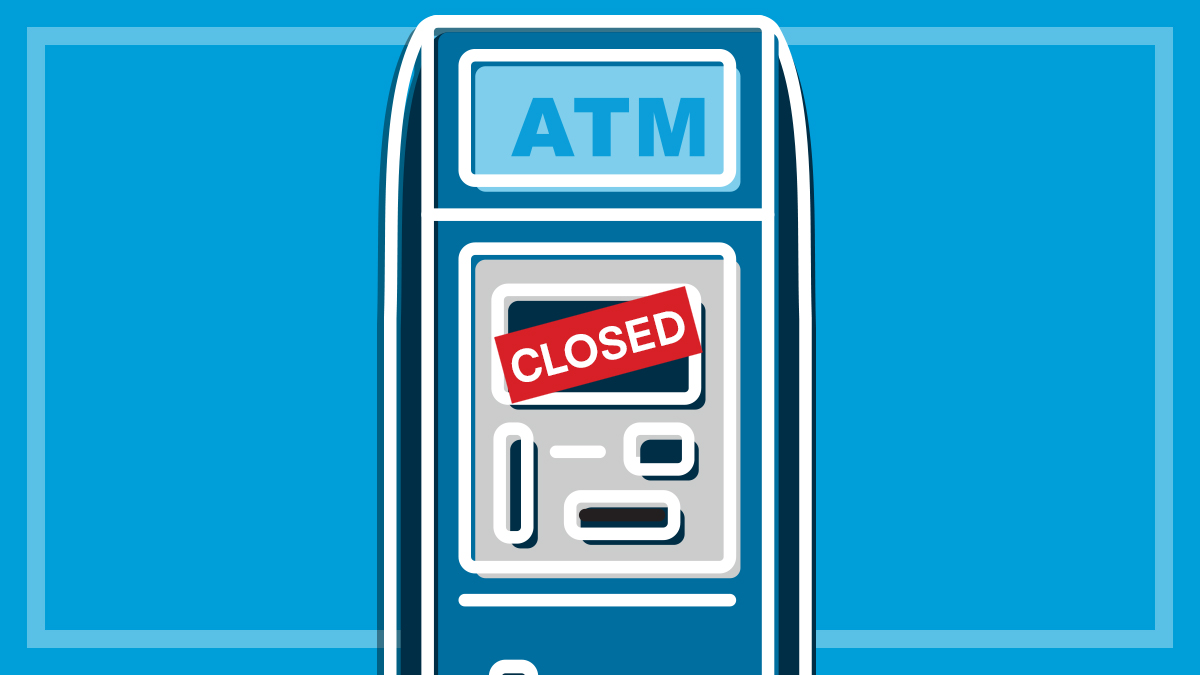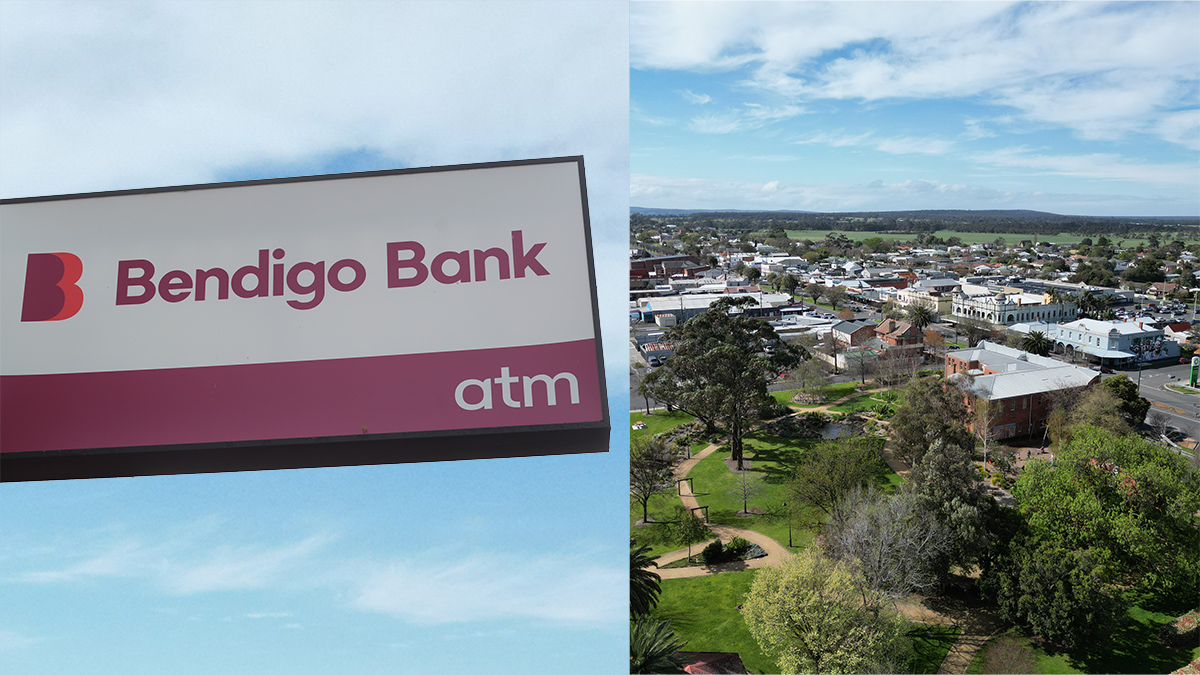Get our independent lab tests, expert reviews and honest advice.
Regional bank branch closures affect marginalised Australians

Need to know
- On top of branch closures, more than a third (34%) of ATMs in rural Australia have closed over the past five years
- In a recent CHOICE survey of more than 6000 bank customers, many told us that accessing bank services has become more difficult
- Many already marginalised Australians are now forced to travel long distances to do their banking
Accessing banking services has become much harder for people in regional Australia over the past five years, leaving many customers practically cut off from the institutions that hold their money.
For older Australians or people with disabilities, the banking industry’s cost-cutting measures have turned financial management into an onerous undertaking.
Between June 2017 and June 2021, there were 575 bank-branch closures outside metropolitan areas and a 34% drop in the number of ATMs.
The federal government has announced a regional taskforce to look into the issue, but that’s not much help at the moment to the tens of thousands of affected customers.
In a recent CHOICE survey of more than 6000 bank customers, we heard how the industry’s cost-cutting measures are affecting Australians.
Spotty internet access, pricey ATMs
Bank customers are being forced to drive long distances to do what they used to be able to do in their local area – often because their internet connections aren’t strong or stable enough to support online banking.
Older Australians and those with disabilities have been particularly hard-hit. Many prefer face-to-face banking to the scam-ridden online world, but have seen their local branches close down with little regard for their needs.
These closures mean people have to withdraw funds from their banks in supermarkets and other retailers, which put low limits on how much money they can take out. They may also have to pay as much as a $3 fee just to check their balance or withdraw cash from a local ATM that’s not affiliated with their bank.
In bank branches that have remained open, queues are often long and staffing minimal.

‘A 130km trip to the nearest branch’
One bank customer told us that the closure of his local branch means he’s now faced with “a 130km trip to the nearest branch to do any activity that isn’t available at the Australia Post agency”.
Even the local ATM is of little help to him: “The ATM that was left in town does not do deposits, only withdrawals and transfers, and is often empty on pension days, as it sits beside the entry to the poker machine hall of the pub.”
When banks close branches in smaller towns, it has a huge knock-on effect for everyone in that town
Another customer told us, “since the Scottsdale [Tasmania] ANZ branch closed earlier this year, our nearest branch is in Launceston, which is over an hour’s drive away. ANZ does not have a reciprocal relationship with the local post office, so if we need to bank a cheque or deposit cash, it’s a huge trip into town.”
The customer summed up regional frustration well: “When banks close branches in smaller towns, it has a huge knock-on effect for everyone in that town.”
Country area snapshot
Sue, a financial counsellor in Gippsland, Victoria, tells us that the impact of branch closures on people in the region has been significant. And the poor internet in some regional towns means that online banking offers no real solution.
One such town is Churchill, whose internet access makes online banking difficult at best. The town no longer has any physical branches. Residents now have to drive 15km to Morwell to visit a bank branch on a highway, something many Churchill residents don’t feel comfortable doing. For those who are older or disabled and can’t drive, a taxi to Morwell and back can cost up to $50.
‘They lose their dignity’
According to Sue, it’s the marginalised who are being hit hardest.
“The worst affected people are often on Centrelink payments and suffer from mental-health or aged-care issues, and they don’t have cars because they can’t afford the petrol and registration and so forth, ” she says. “They can’t afford to pay for taxis, and taking their wheelchairs 32km and then all the way back again is just not doable.
“They want to be able to go to the bank, draw a small amount of money out every fortnight for each bill, then put the money in envelopes for when the bills are due, then go and pay the bill. It gives them a sense of control of their own lives.
These branch closures disempower them from managing their own finances, and they lose their dignity as well
Financial counsellor Sue
“These branch closures disempower them from managing their own finances, and they lose their dignity as well.”
Sue says the banks in the region have given little thought to how the closures affect certain customers.
“I have contacted them and voiced the issues that people are facing,” she says. “And nothing’s been done about it.”





